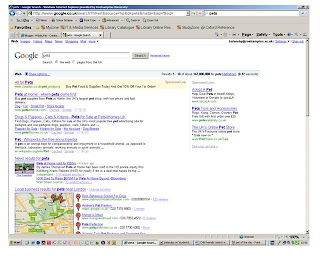
A digital camera can be used in a variety of ways for a variety of purposes that can stimulate and engage the children in a novel manner.
A digital camera can be used to capture the right image for just the right visual stimulus that can kick start a disucssion on a new topic, e.g. an image from nature/buildings/settings to stimulate discussion in geography/RE/PSHCE etc.
Digital cameras are an excellent way of supporting children with EAL (English as an Additional Language), learning difficulties, poor written and or communication skills, when out on school trips or when carrying out investigations. They can be used to record and communicate observations made, or to take a picture of equipment used, as alternatives to making written and drawn records.
Again, if a video feature is available on the digital cameras then children can be encouraged to make videos of their thoughts, feelings and discussions about a given topic. Still photos can also support children's communication of ideas.
Giving different children responsibility of the camera will boost their self-esteem, through giving them a valued, prime role. It will also give them a boost to see their handiwork used and appreciated.
Digital cameras can be used to capture freeze-frames; this can make links across a number of subjects, e.g. ICT, drama, literacy, RE, PSHCE etc.
Children can be encouraged to act out a scene studied/which they think best portrays a situation/emotion. This whole process will involve a number of skills including the development of team work, negotiation skills, ICT skills.
Images collected by digital cameras can be a very important and welcome link with school and home. Parents can get a better insight into what the children have been involved with and how they may have participated. This again will be particularly useful when communicating to adults with EAL.
The general production, handling and manipulation of the images requires the children to develop a number of skills including: opening, inserting, rotating, cropping, copying, pasting and so on. This will lead on to the development of higher level skills which the children will continue to build upon throughout their education and own experiences of ICT.














 ely 167 000 000 results, many of which were retailers and advertisements aimed at adults.
ely 167 000 000 results, many of which were retailers and advertisements aimed at adults.
